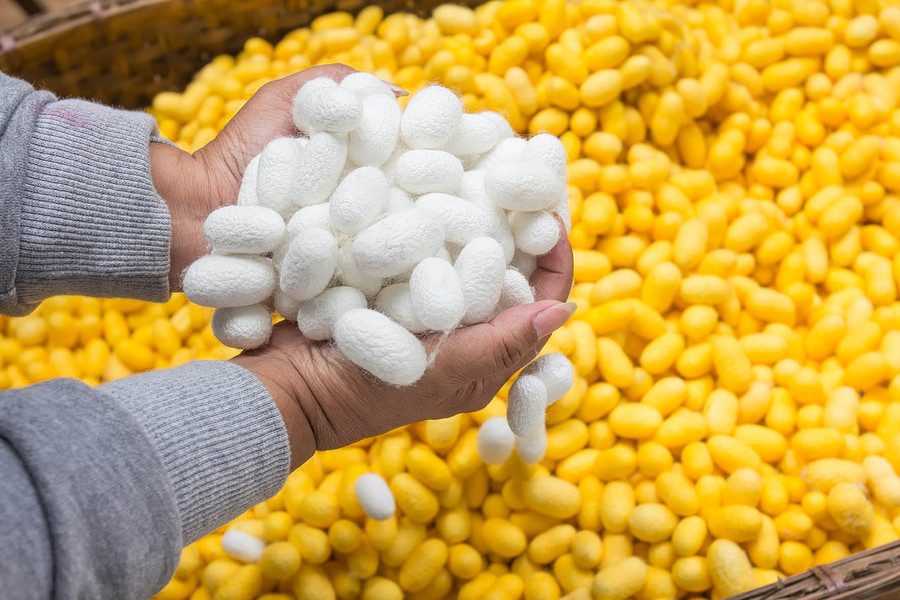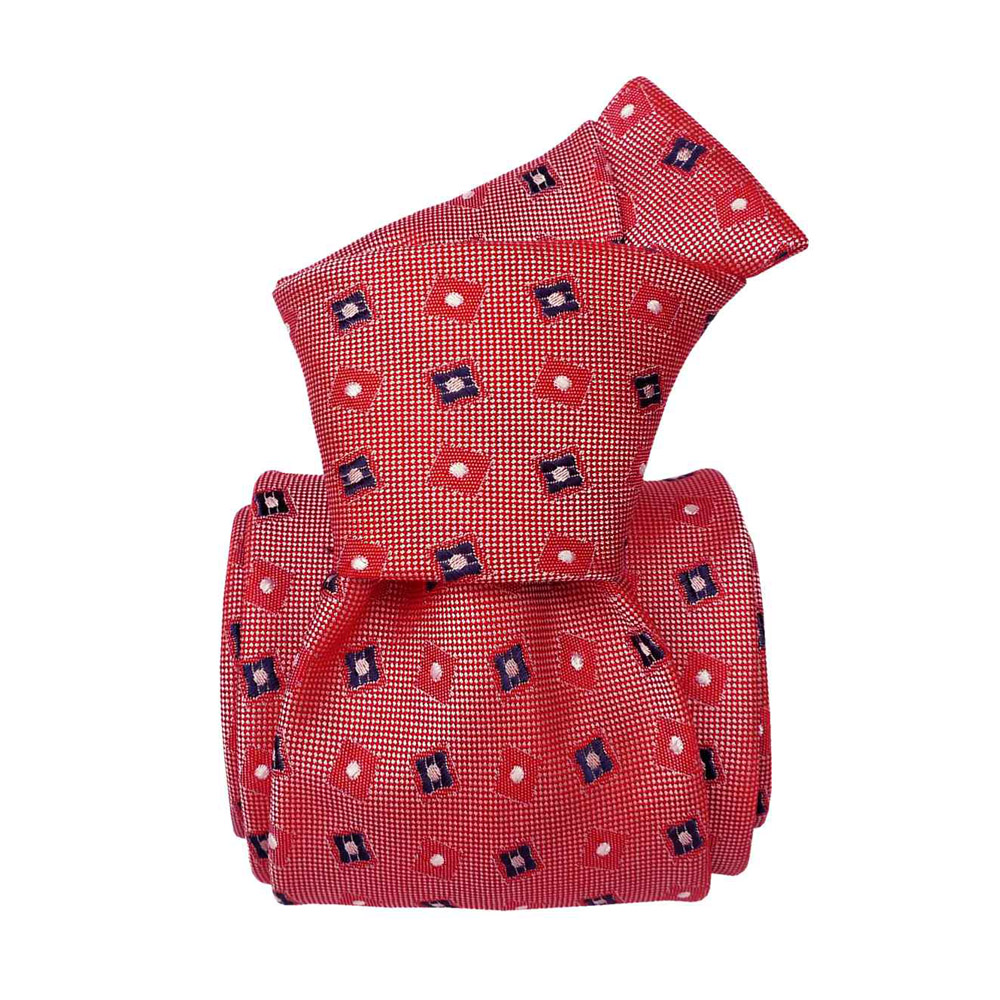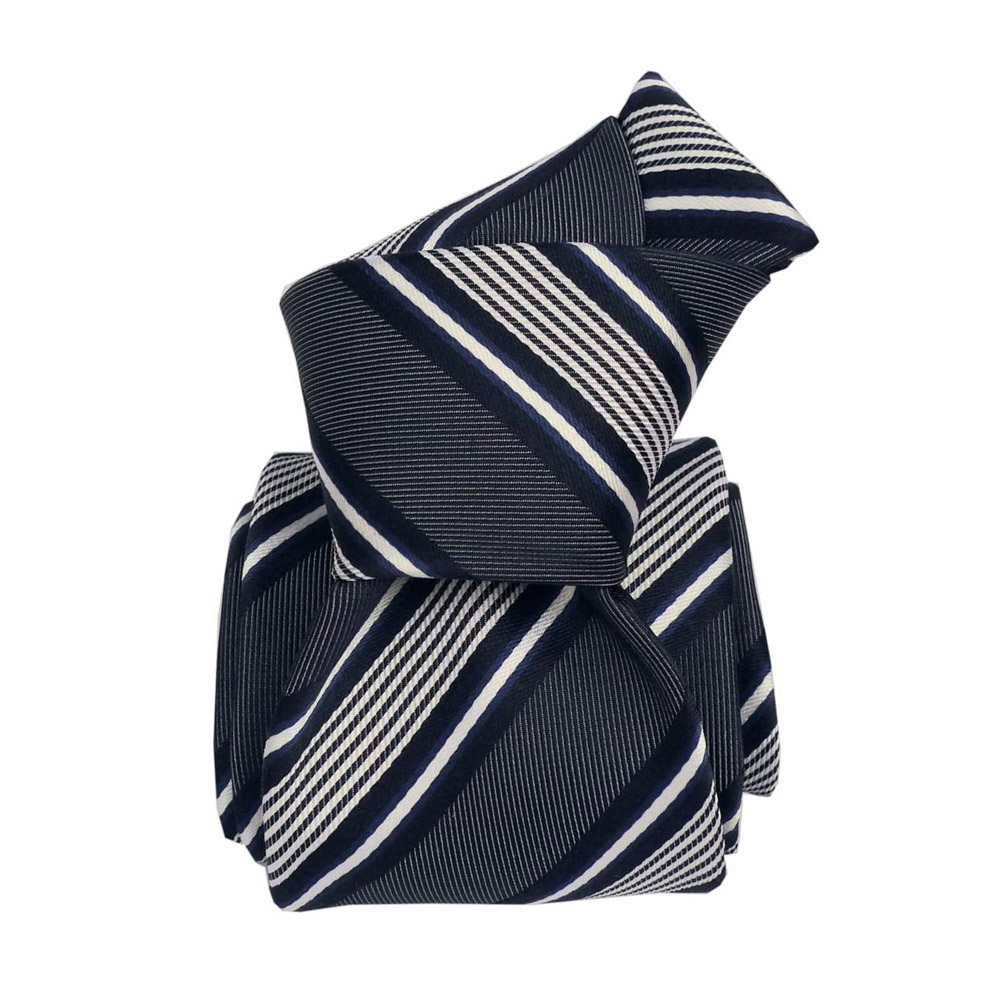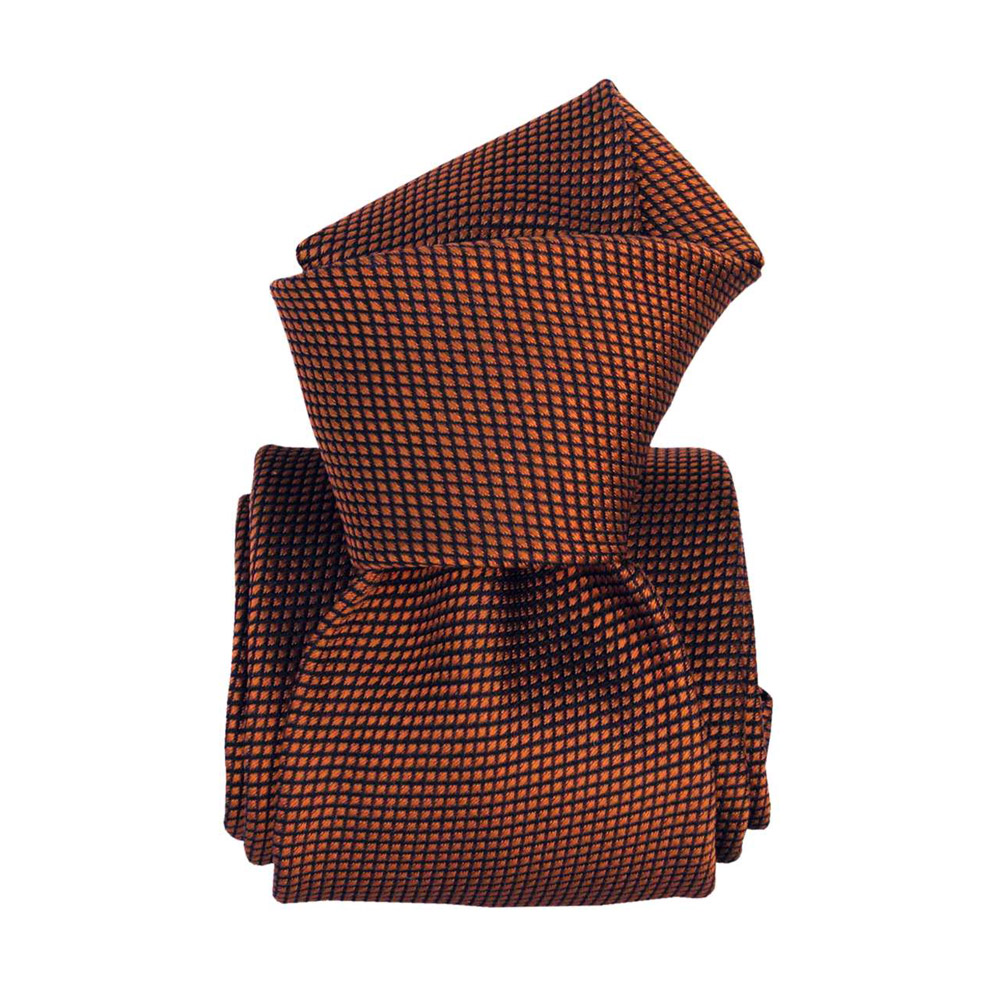Lake Como and the surrounding countryside is the beautiful setting for one of the most important areas in the world for silk production. Introduced into the region in the 16th century by Pietro Boldoni a local businessman who had the foresight to realise that the two things essential to silk production is an abundance of mulberry trees and lots of clean pure water. Although native to Asia, the mulberry tree grew very readily in this idillic region of Lombardy. In fact it was the Duke of Milan, Ludovico Sforza who saw the potential and forced the local farmers to plant them a century before. Como, also known as the city of silk soon gained a reputation for producing the finest silk money can buy for wealthy Europeans.
Silk originated in China and dates back thousands of years and was produced mainly for the Chinese nobility. The silk is produced by so called silk worms which are actually the caterpillar of the silk moth that feed on mulberry leaves and then when the caterpillars are ready to pupate after 6 - 8 days into an adult moth they create a woven cocoon around themselves built with a silk thread. These are then harvested and processed to create this luxurious material. Eventually early traders from the west brought silks back to Europe and soon become very much in demand. Inevitably by the 12th century merchants from the key cities of Florence, Venice and Genoa were able to bring back silk worm eggs and the knowhow to create there own silk, making Italy the heart of silk manufacturing in Europe.
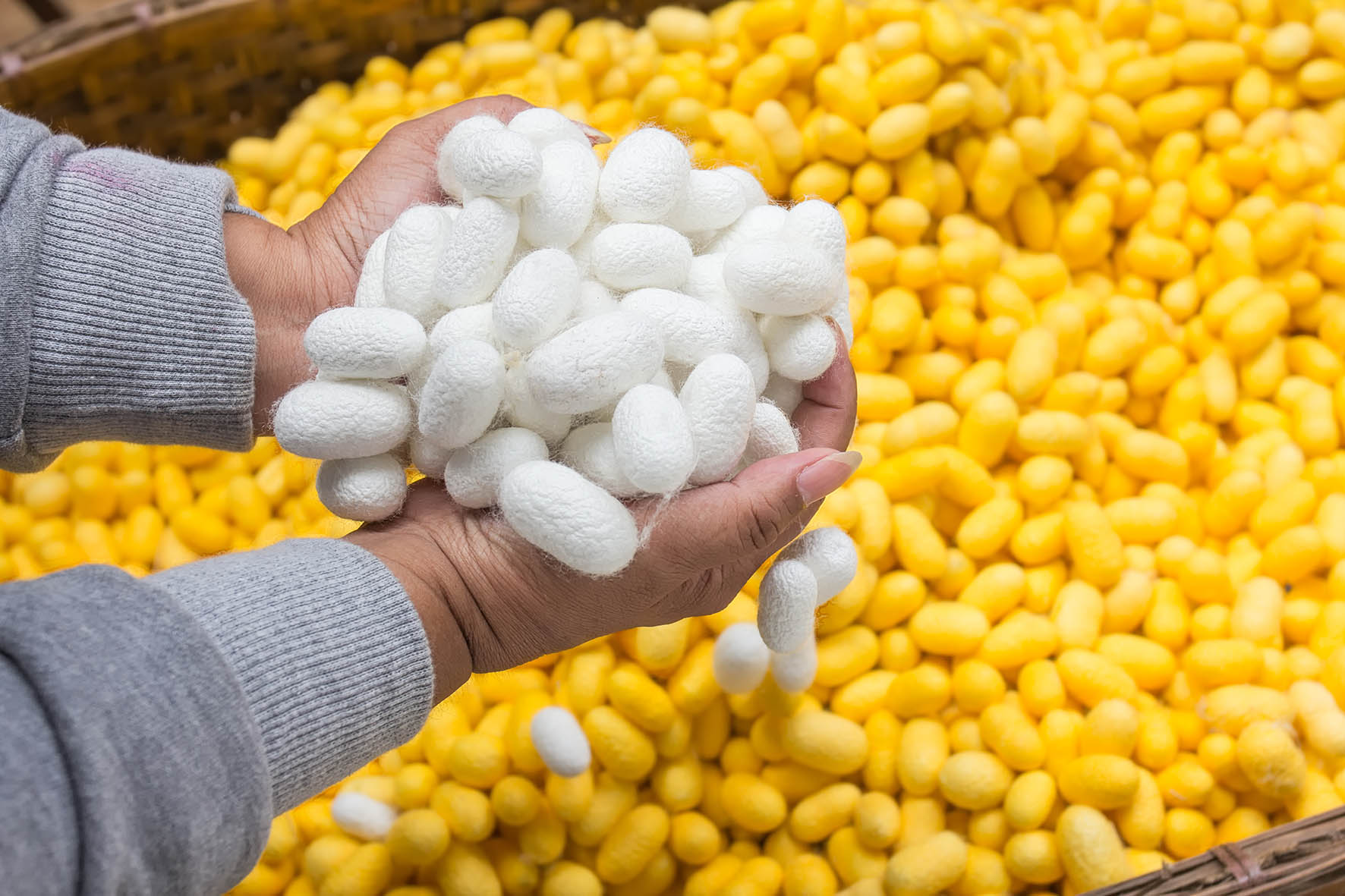
In 1869 the setificio Paolo Cardano, established a school of excellence for silk craftsmen which transformed the industry in Como. So much so that Italy out produced both China and Japan. By the 1990's they were at the peak of their production and was the most sought after silk. Unfortunately since then production started to dwindle due to an economic downturn and stiff competition from the far east. A number of factories have closed since those heady times and production has dwindled. However, in the last few years there has been a sharp increase in the cost of silk produced in China and this has seen a resurgence in Italian silk. Since 2015 around 100 silk farms have been created in Northern Italy to help service the growing demand for Italian Silk and their aim is to open a 1,000 factories by 2021.
Anyone who owns a silk garment such as a dress, blouse, scarf or a silk tie will testify as to how luxurious it feels and simply cannot be replicated by any other natural or manmade fabric. This tactile fabric is soft to the touch and a joy to wear and makes a welcome add-on to any wardrobe. Attavanti's beautiful collection of Italian silk ties are certainly a testament to that.
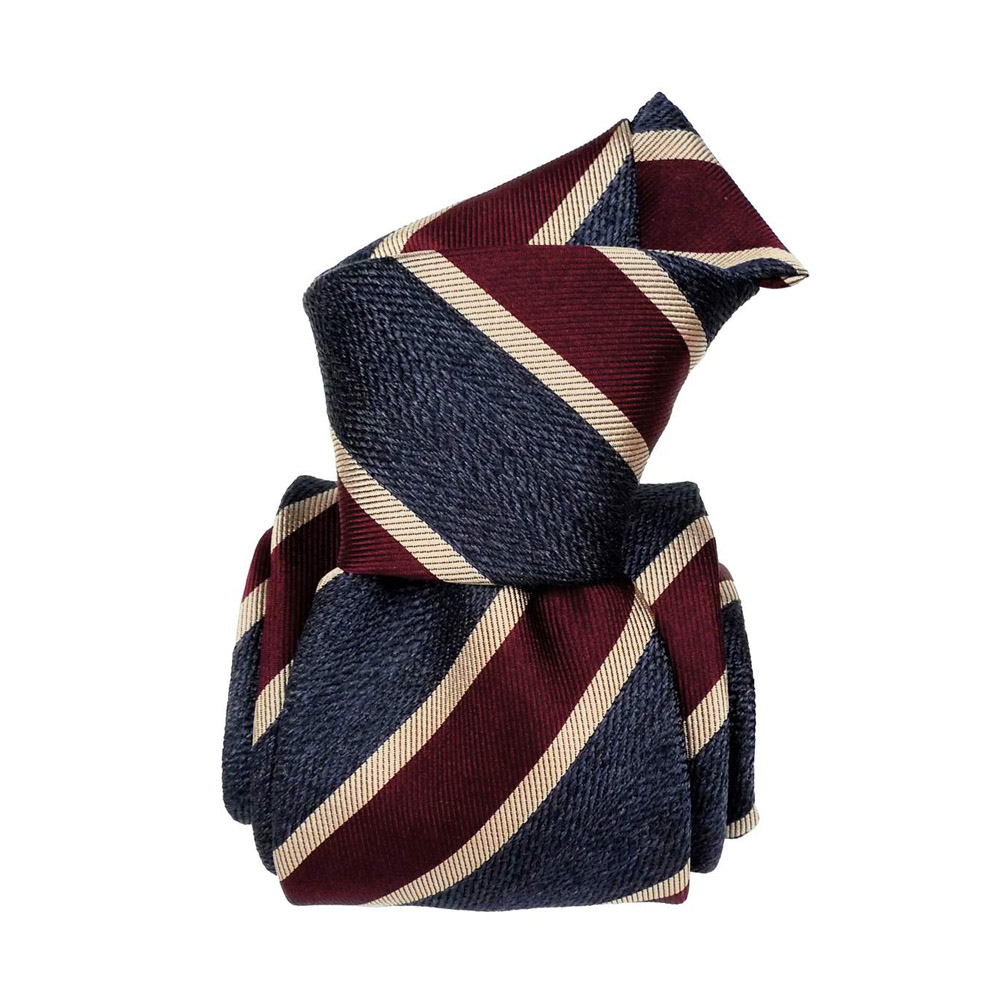 |
 Pound Sterling
Pound Sterling
 US Dollars
US Dollars
 Euros
Euros
 Canadian Dollars
Canadian Dollars
 Australian Dollars
Australian Dollars
 Japanese Yen
Japanese Yen
 Hong Kong Dollar
Hong Kong Dollar


